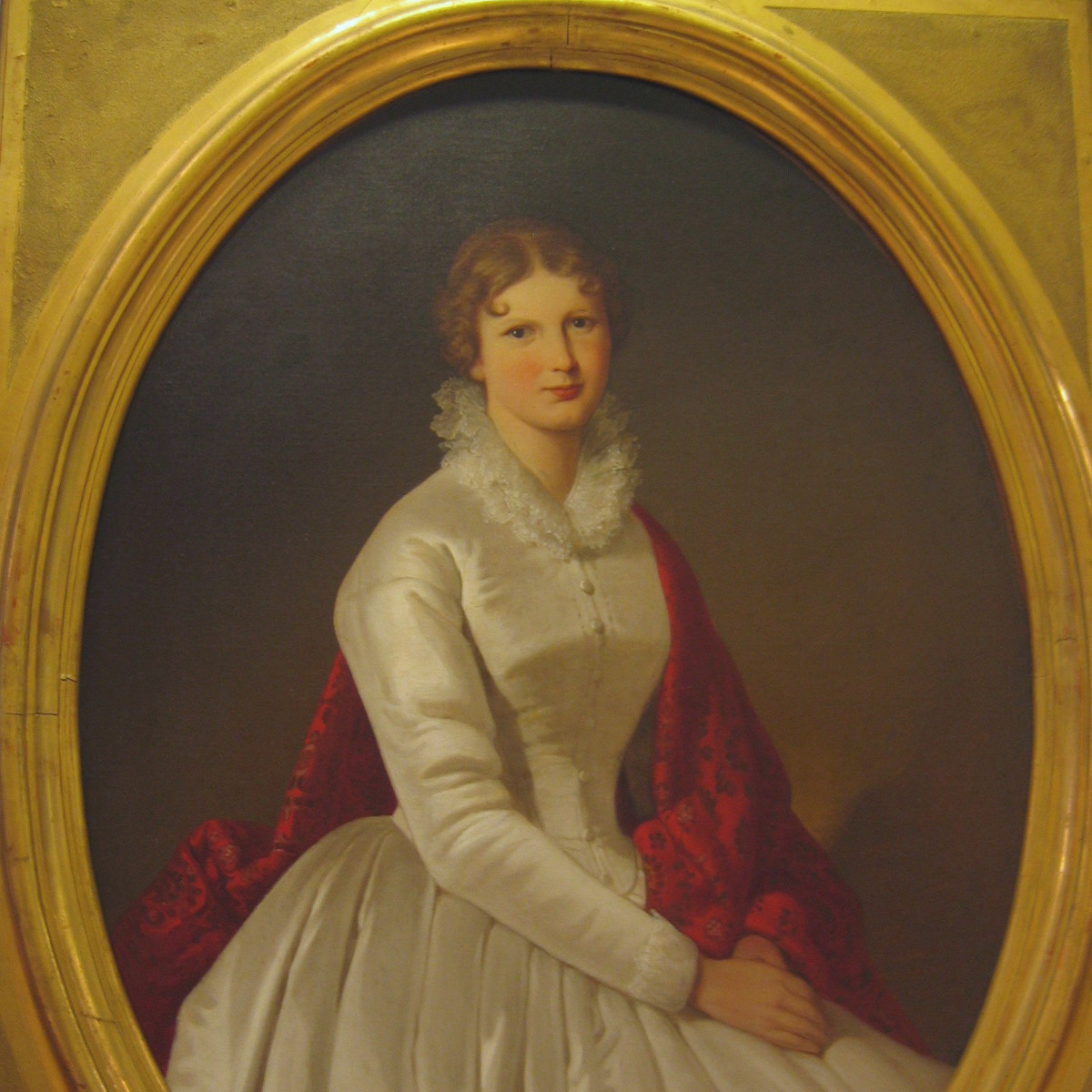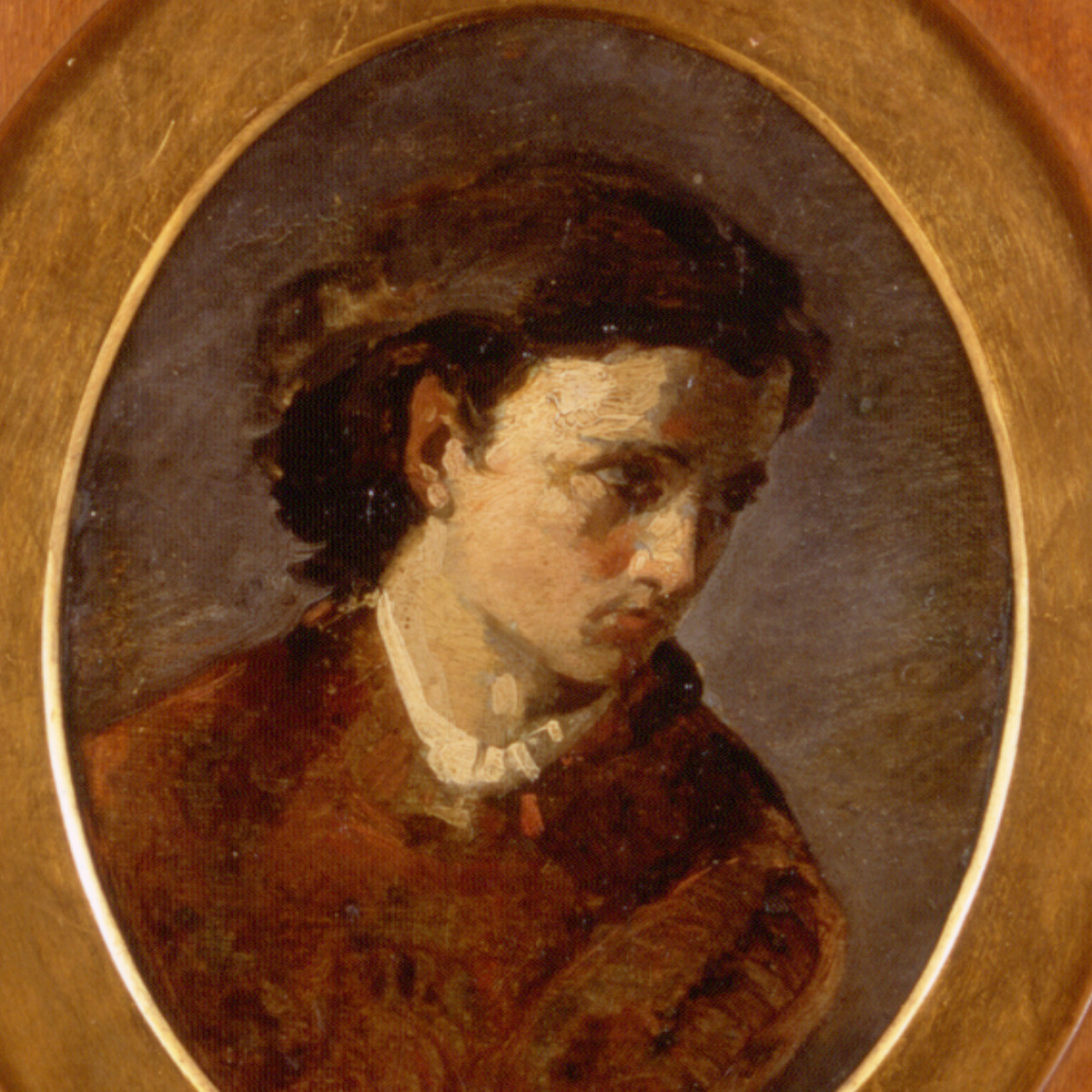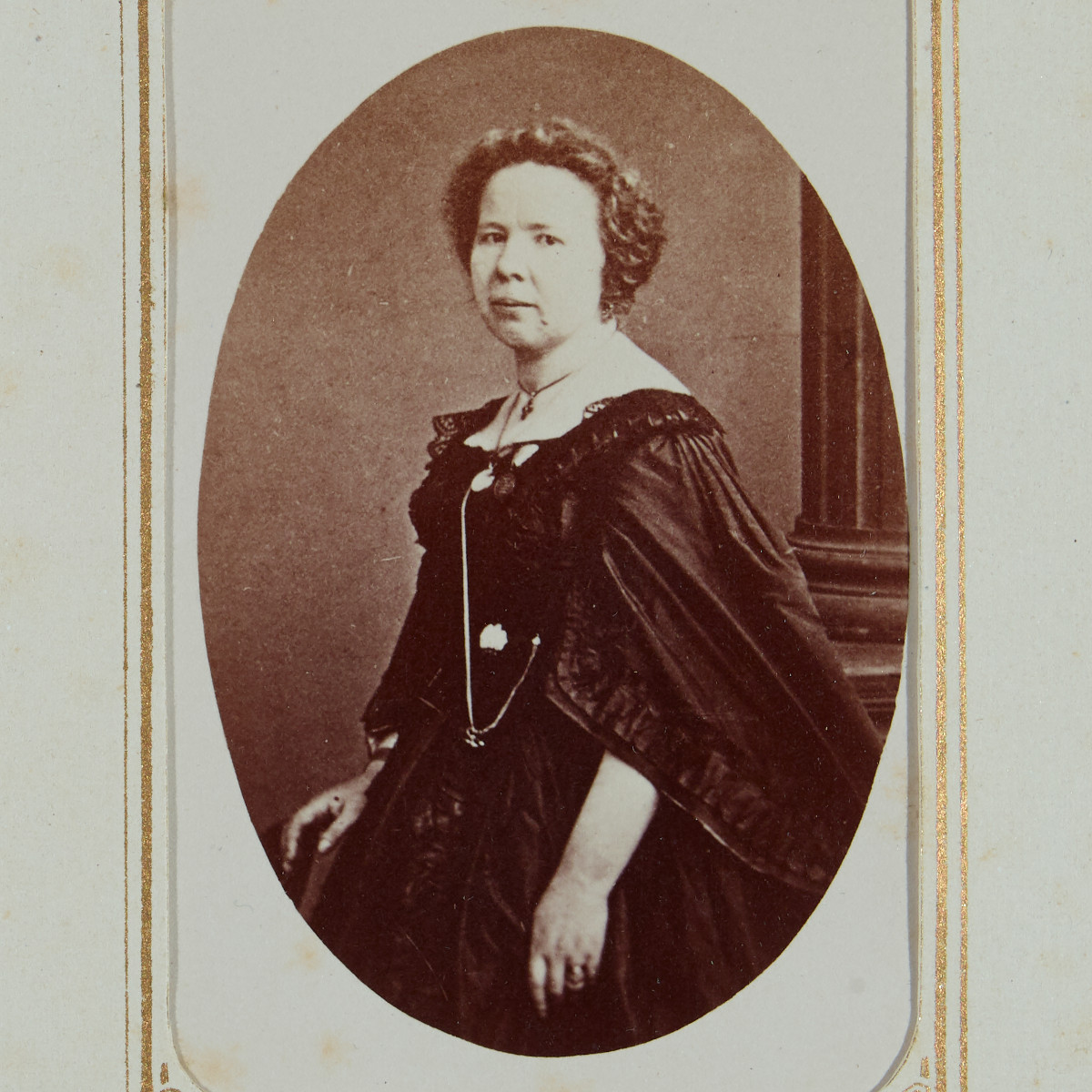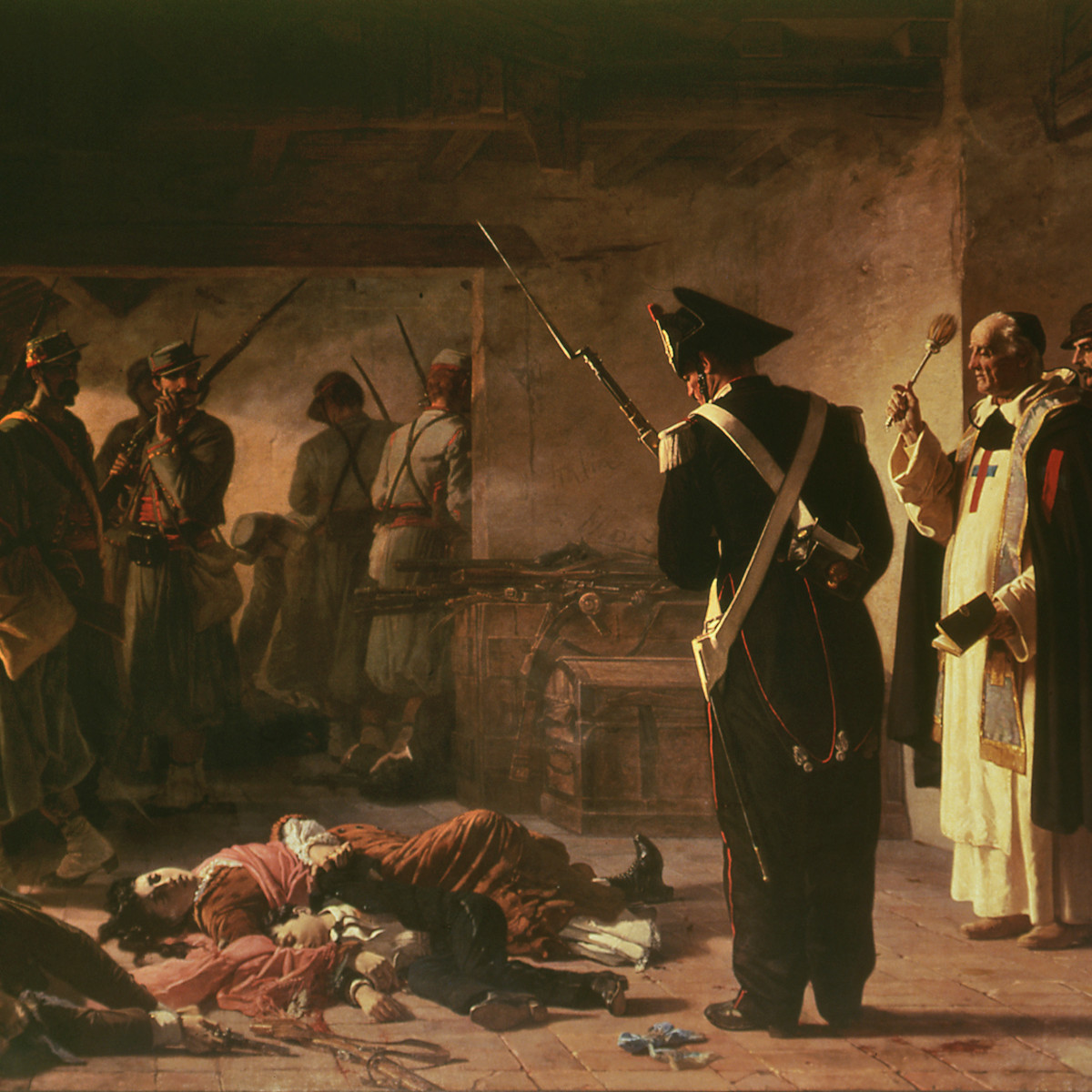Women and the Risorgimento - Civic historical collections

Women and the Risorgimento
The Risorgimento Museum enhances the female figures of the permanent exhibition by offering participatory descriptions created by students of the Vilfredo Federico Pareto Human Sciences High School in Milan.
THE WOMEN OF THE RISORGAMENTO MUSEUM
Il Museum of the Risorgimento, thanks to a school-work alternation project with the VF Pareto High School of Human Sciences, offers captions written directly by current students to highlight some very important female figures that can be encountered along the museum tour.
This is just one of the initiatives that our institute will propose on this theme, to which the new notebook of the soon-to-be-published Civic Historical Collections is also partly dedicated, as well as a series of visits and conferences two temporary showcases set up: one with letters from Cristina Trivulzio of Belgiojoso and with letters and documents relating to the Teresa Casati affair.
Below you can read them participatory captions organized by the students of the school-work alternation program of the VF Pareto Human Sciences High School.
COSTANZA TROTTI BENTIVOGLIO
Costanza Trotti Bentivoglio was born in Vienna to Lorenzo Trotti Bentivoglio and Maria di Schaffgotschen on 21 June 1800. At 18 she married her cousin Giuseppe Arconati Viscontii, heir to an immense agricultural and real estate heritage. In 1821 Giuseppe took part in a failed anti-Austrian revolutionary attempt and managed to escape arrest by taking refuge abroad with Costanza and his son Carlo. Costanza watched over her husband's weak health and her son's education but above all, starting from 1822, she began to welcome political exiles, Risorgimento patriots and the most famous intellectuals of the world to the castle of Gaasbeek in Belgium, where the family had taken refuge. her time.
In 1832 Costanza and Margherita, her sister, took a trip to the Canton of Ticino, where Margherita met her future husband Giacinto Provana di Collegno who participated in the uprisings of 1821 in Piedmont. The two sisters moved back to Belgium in 1834. In 1839 in Bordeaux her son Carlo died and shortly after Costanza gave birth to another son, Giammartino. Having returned to Italy, Costanza played an active role in the Milanese forty-eight, particularly arguing for the immediate union of Lombardy with Piedmont under the command of Carlo Alberto. Having moved to Piedmont she animated yet another circle of intellectuals, always committed to taking care of the health of her husband and her son. She died in 1871 in Vienna, the city in which she was born. In this room you can admire an oval portrait representing the elegant and posing young Costanza.
"I think that Costanza was courageous because she did not allow herself to be imprisoned by the expectations imposed on women in a male-dominated society" (Elisa).
ANA MARIA DE JESUS RIBERIO DA SILVA (ANITA GARIBALDI)
Ana Maria De Jesus Riberio da Silva (1821 - 1849), known as Anita Garibaldi, was a woman who demonstrated great courage and intelligence throughout her life. She was born in Morrinhos, Brazil on August 30th and at 14 she was forced to marry a violent man but the marriage lasted a few years. It was 1839 when she met Giuseppe Garibaldi who arrived in Brazil to establish the Julian Republic. The two immediately fell in love and immediately fought side by side. They married on March 26, 1842, after having the first of four children. When the time came for Garibaldi to return to Italy she decided to go with him, preceding him on the long ocean voyage. As a demonstration of her great courage, Anita followed Garibaldi in his exploits: theirs was a life full of risks and dedicated to the battles for the independence of various peoples.
In 1849, when the Roman Republic was in its last days, Anita, four months pregnant, decided to join Garibaldi, who was in Rome, to fight alongside him. On that occasion, Anita fell ill with malaria and having reached the farm of the Guiccioli counts, near Madriole in the swamps of Ravenna, she died in Garibaldi's arms. She was often depicted on horseback as evidence of her great passion for horses, in fact she knew how to ride with great dexterity. In this room there are the portrait of Anita and the painting by Bouvier, which represents her during the last moments of her life while she is transported to the farm of the Guiccioli counts by Garibaldi and Major Leggero.
“Anita dedicated her life to freedom, she was a woman with a strong personality and courage. She fought alongside great men and proved herself to be their equal. In my opinion she should be remembered in schools." (Aline).
ROSE (ROSALIA) MONTMASSON
Rose Montmasson was the only woman to participate in the Expedition of the Thousand, distinguishing herself for her acts of heroism; her life was so marked by this important episode that she is today remembered as Rosalia, a name given to her by the Sicilians on the occasion of her active participation in the expedition and which is also shown on her tombstone. Rosalia was born in Savoy on 12 January 1823 into a family of farmers; at the age of 15, upon the death of her mother, emancipating herself from the power of her father, she moved to Marseille where she met Francesco Crispi, her future husband.
Having moved to Malta with Francesco, Rosalia came into contact for the first time with the Risorgimento ideals that accompanied her throughout her life and, once they moved to London, an intense period of conspiratorial activity began for the couple. Rosalia collaborated in many secret missions, doing her best for the Risorgimento cause: she transported weapons that she hid under her clothes or in large baskets of fruit and vegetables and delivered important insurrectional messages, creating a bridge between Messina, Malta and Genoa.
In 1860, despite her husband's opposition and Garibaldi's reticence, she managed to participate in the Expedition of the Thousand: she was thus the only woman to leave Quarto on the evening of 5 May 1860, even if in Sicily on some occasions of battles, other women were present. Rosalia was mainly responsible for helping the wounded during the battles; her intervention, particularly significant in the battle of Calatafimi, earned her the nickname "Angel of Calatafimi". In 1874 Francesco Crispi, having fallen in love with another woman, annulled the marriage and kicked Rosalia out of the house. She died in Rome on 19 November 1904 at the age of 81 and was buried, as she requested, with the red shirt. The photographic portrait of Rosalia, in carte de visite format, was inserted by the photographer Alessandro Pavia in the Album of the Thousand, displayed here: it is on the left page, the third in the top row.
"Rosalia demonstrated that she was a woman of great courage by offering to participate in the Expedition of the Thousand, as the only woman among men. She was, however, forgotten for many years due to the revision of the Diary of the Expedition of the Thousand by the husband. For me, however, she was a woman of great value who should be remembered" (Rita).
GIUDITTA TAVANI ARQUATI
Giuditta Tavani Arquati was the symbol and soul of the revolutionary and independence movements, in particular for the city of Rome, where she was born on 30 April 1830 in Trastevere and died on 22 October 1867. Described as a resolute and strong-minded woman, she was equal measure kind, generous and supportive.
Daughter of Giustino Tavani and Adelaide Mambor, two politically active figures who gave Giuditta a strict education centered on secular and republican ideals that would never abandon her and which she would also share with her husband Francesco Arquati, married at the age of 14 on 22 July 1844 Judith took part in many battles together with her husband; a woman of great charisma, she knew well how to attract new recruits and animate spirits.
In 1849 he participated in the defense of the Roman republic; later he joined Garibaldi to defend the Republic of San Marco, finally moving to Romagna. The last major insurrectionist act in which Giuditta participated was that of 22 October 1867 in Rome; the objective of the conspirators, led by Garibaldi, was to create disorder throughout the city, momentarily weakening the forces of the Papal Zouaves in order to thus allow a popular insurrection. The movement failed and the conspirators, forced to retreat, took refuge in one of the centers of the revolt, the wool mill owned by Guilio Ajani in Trastevere; on 25 October 1867 a well-assorted group of Zouaves and policemen began an armed clash that would last several hours; Giuditta, pregnant with her tenth child, will ultimately be wounded and killed together with her husband and twelve-year-old son Antonio, as the painting by Carlo Ademollo which can be admired in this room recalls, becoming a symbolic figure of the war of liberation, linked especially in Rome and Trastevere.
"this is a woman who is important to remember for the symbol she represents, a symbol of tenacity. She died for freedom and for this reason we remember her so free" (Francis)



